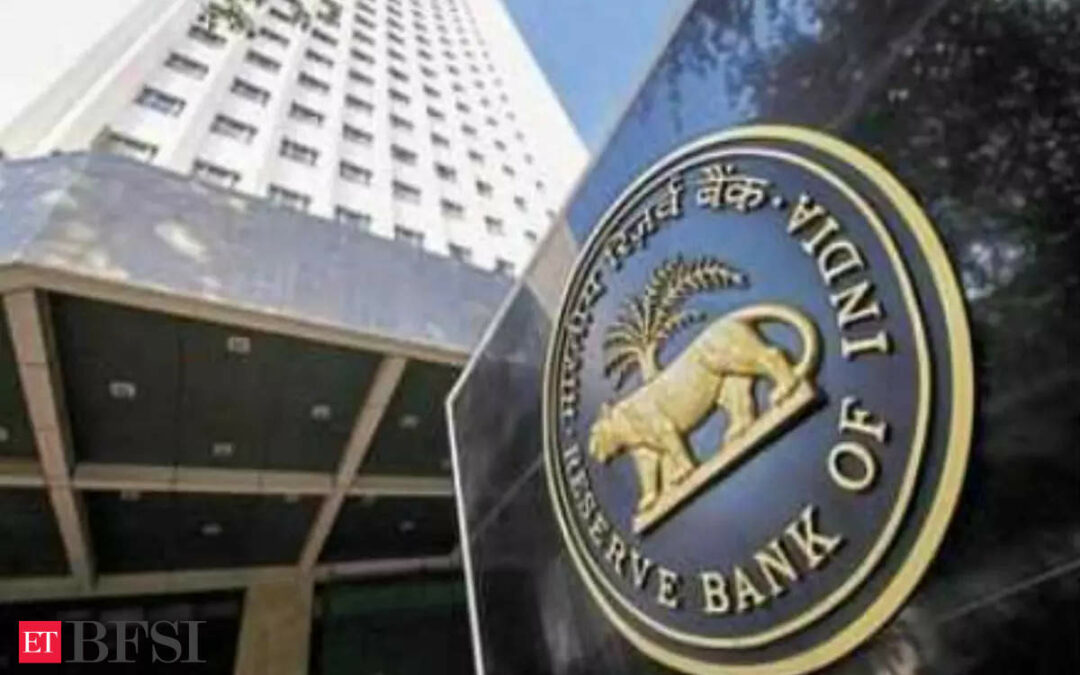India’s journey toward a cashless economy is advancing as the Reserve Bank of India (RBI) develops the digital rupee (e₹), its Central Bank Digital Currency (CBDC). With 16 banks and over 5 million users already participating in a pilot project, the RBI is steadily building infrastructure for a nationwide rollout, focused on simplifying transactions, bolstering security, and potentially positioning the Digital Rupee for international use. The project’s growing scale underscores India’s ambition to integrate digital currency into mainstream finance while setting the groundwork for global currency competition.Launched as a pilot in the wholesale segment in November 2022, followed by retail testing in December, the digital rupee initiative aims to offer a regulated digital alternative to traditional cash. In the retail segment, the digital currency is gaining traction with Indian consumers and financial institutions, which view CBDCs as a pathway to a more inclusive financial ecosystem. The RBI’s deliberate approach reflects its emphasis on standardisation and interoperability, vital components for cross-border usability. Collaborations with countries such as the US, European Union, and the UAE are on the horizon, aimed at enhancing global acceptability and building the rupee’s strength alongside established digital currencies like the US dollar and euro.Financial inclusion
The recent involvement of SBI in a pilot offering loans for agricultural inputs to tenant farmers in Odisha and Andhra Pradesh highlights the Digital Rupee’s potential to drive financial inclusion. Digital currency could ease access to funds and support underserved sectors, particularly in rural regions where traditional banking infrastructure is limited. The government’s plan to expand the Digital Rupee’s scope is expected to further support sectors that are critical to India’s economic growth.
While the digital currency’s regulated framework sets it apart from cryptocurrencies like Bitcoin, challenges remain, particularly in the areas of cybersecurity and privacy. As digital transactions grow, concerns over user data monitoring and vulnerability to cyber threats are factors that the RBI is addressing through incremental deployment. Furthermore, a shift from cash to digital currency may impact bank liquidity and profitability, as reduced cash flow could alter the traditional banking model.
Looking ahead, the RBI envisions a full-scale rollout of the digital rupee over the coming years, with careful monitoring of its economic impact. The digital rupee’s success within India could catalyze its adoption internationally, strengthening India’s economy and enhancing the global standing of the rupee. In the long term, a successfully internationalised Digital Rupee could provide India with a stronger position in global financial markets, facilitating economic growth and collaboration with major economies.











